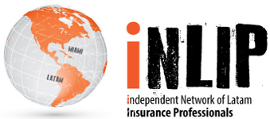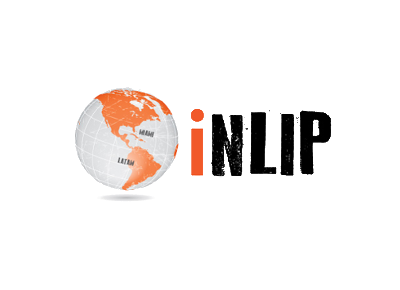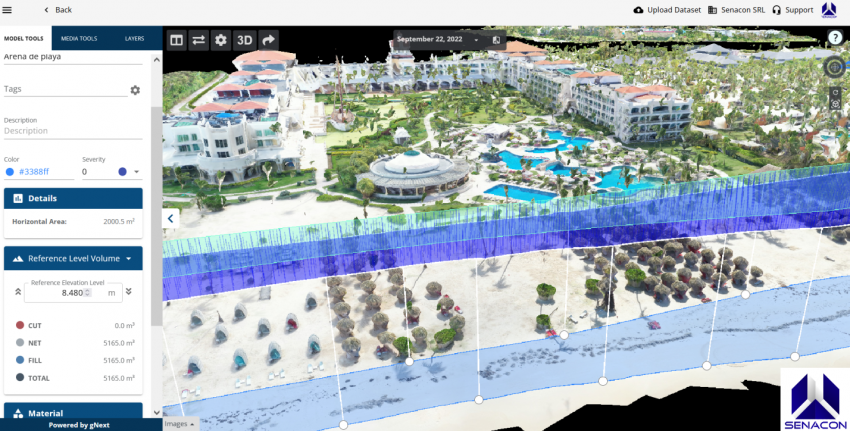
The challenge of assessing the Loss of Sand from Hotel Beaches after a Hurricane
The beach replacement sub-limit has special relevance in the Policies contracted by beachfront hotel resorts. The correct calculation of the volumes of sand displaced by the strength of the waves during the passage of Storms and Hurricanes represents an opportunity to comply with the Indemnity Principle whilst at the same time guaranteeing the satisfaction of the Insureds. The key to achieving both lies in technology and expertise.
As we come into this new Hurricane Season, we recall how coastal hotels frequently have to face the challenge of assessing the quantity of sand lost from their beaches following the devastation caused by a Hurricane. This is one of the covers with sublimits contracted by many beachfront hotels and some properties.
The quantity of sand lost is crucial in ascertaining the amount to be claimed following a loss event, and could even be a more interesting alternative for reaching an adequate sublimit in insurance policies.
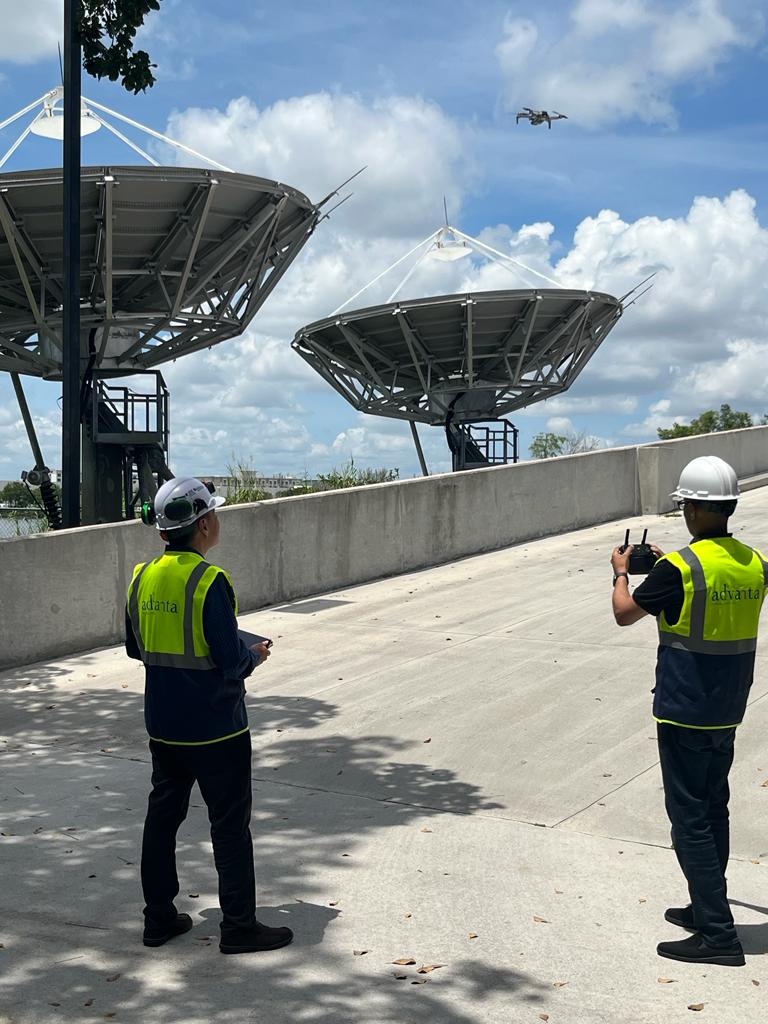
In this article we shall explore how point cloud volumetry and photogrammetry tools can provide an accurate and efficient solution for estimating the loss of sand from hotel beaches following a catastrophic loss event such as a Hurricane.
Sand is an essential resource for the coastal hotel industry, since the beaches are a key attraction for tourists. After a Hurricane, the loss of sand can be so massive that it impacts upon both the hotel infrastructure as well as the visitor experience. Therefore, having a precise methodology for quantifying the loss of sand is essential for the correct presentation of the claim to the insurance loss adjusters.
Point cloud volumetric calculation is a technique that uses data gathered by either a terrestrial laser scanner or a drone fitted with a LiDAR sensor in order to generate an accurate three-dimensional representation of the surface. In the aftermath of a Hurricane, the affected beach can be scanned so as to capture the current topography. This point cloud data allows the volumes to be calculated and before and after the event comparisons to be made.
Photogrammetry is another valuable tool for calculating the loss of sand from hotel beaches. This consists of taking aerial or terrestrial photographs of the beach and using mathematical algorithms in order to get a 3D reconstruction of the topography. Specialised software programmes can process these images and generate digital elevation models (DEM) that accurately represent the surface of the beach. By comparing the DEM before and after the Hurricane, the exact quantity of sand lost can be calculated.

The use of point cloud and photogrammetry volumetric calculation technology affords several benefits for calculating the loss of sand from hotel beaches following a Hurricane. These include:
- Precision: Both methods render highly accurate results, allowing a reliable assessment of the loss of sand and the subsequent presentation of the claim to the Loss Adjuster.
- Efficiency: Photogrammetry and point cloud volumetric calculation tools permit a rapid collection of data as well as an efficient processing, speeding up the analysis and allowing the results to be shared with the expert assessors.
- Visualisation: The 3D visual representations provided by these tools assist the comprehension and communication of the results between Insurers, Reinsurers and interested parties.
Nonetheless, it is important to bear in mind certain considerations when employing these technologies. The availability of specialised teams and experts in the gathering and processing of data can be a challenge. Furthermore, weather conditions and access to the affected areas can impact upon data collection, requiring some careful planning.
Advanta’s most recent experience (with the support of Seancon, the technical partner of Advanta Dominicana) in ascertaining the loss of beach due to a hydrometeorological phenomenon was that related to the passage of Hurricane Fiona on 19 September 2022. An ideal case study, where we accurately obtained the volumetry and loss of sand from the beaches of more than 10 hotel resorts along the eastern coast of the Dominican Republic. The result was a correct evaluation and an adequate indemnity for the volumes affected.
We would point out that this technology is also very useful for volumetric losses such as those of bulk stored materials such as Rice, Corn and Cocoa for insurable risks of this type, as well as Cement and Aggregates in plants and mines, its application extending to an infinity of materials and products.
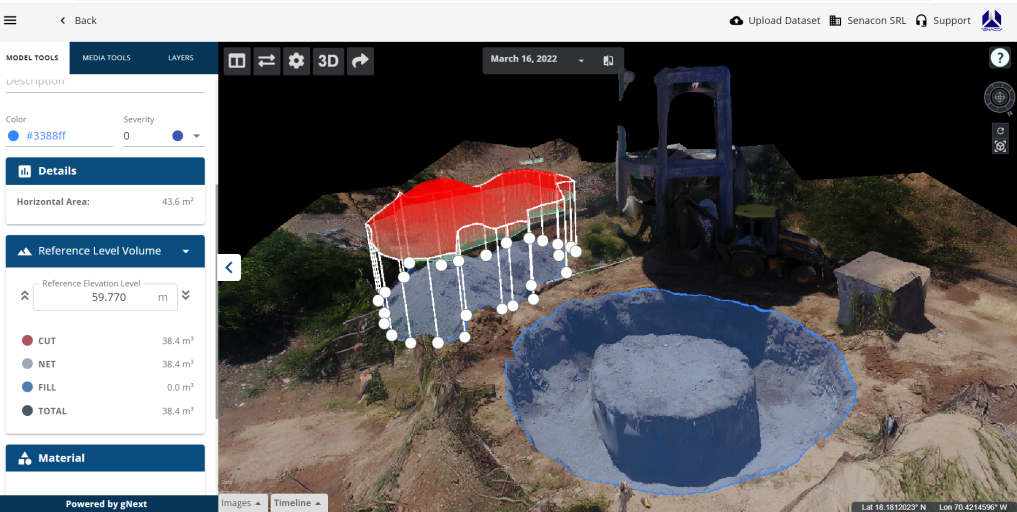
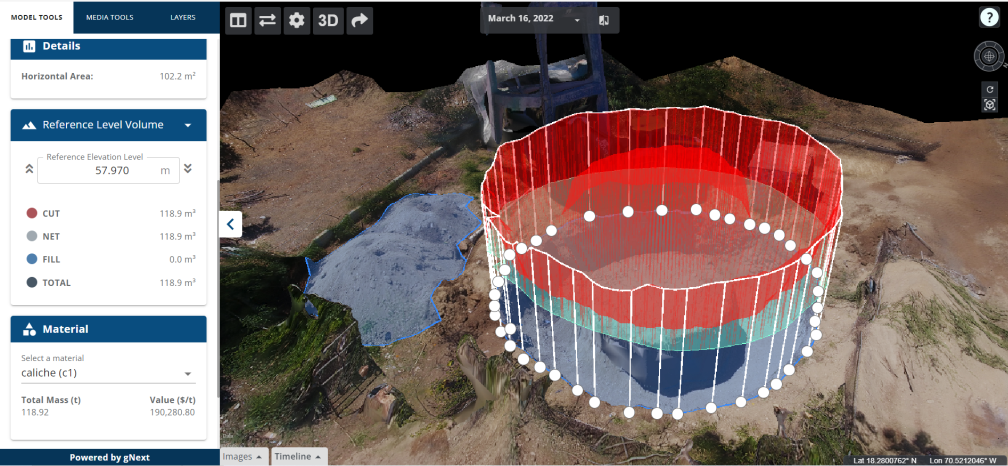
Senacon is an independent engineering consultant serving the insurance sector with an exclusive collaboration contract with Advanta. Moreover, Iván Castro forms part of the Advanta team of Loss Adjusters that provides support in handling claims for Nat Cat loss events on a global level.
Author: Iván Castro
Civil Engineer – Loss Adjuster Advanta Dominicana

